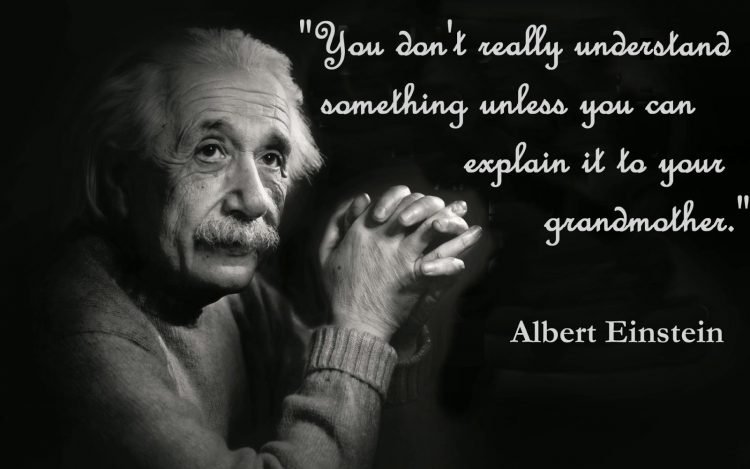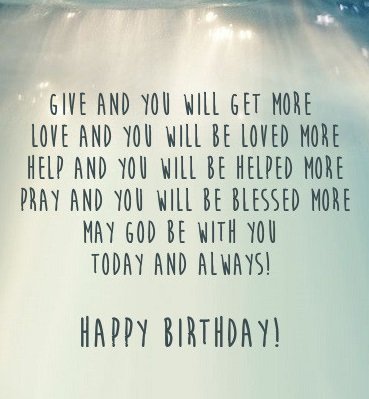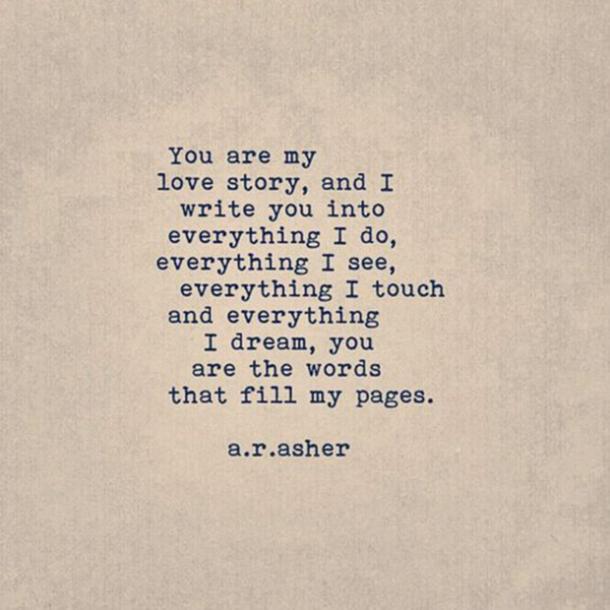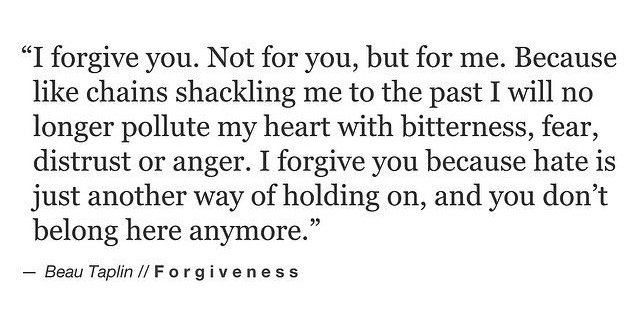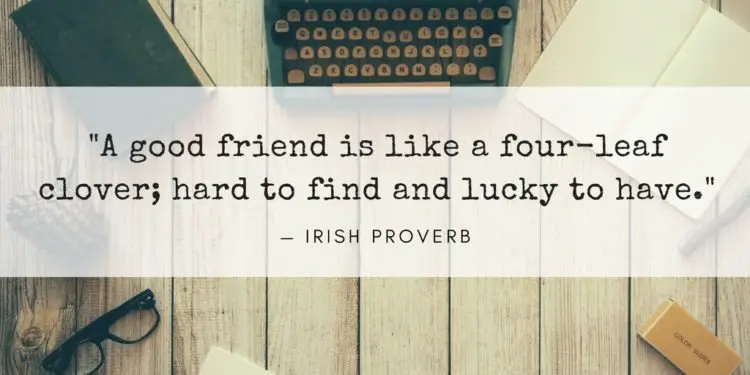75 Best Good Night Text Messages To Send Before Bed
You’ll bring a shiny smile on your lover’s face by sending a cute goodnight text to him/her. Sweet goodnight love messages will no doubt put a smile on their face before they drift off to sleep. It is guaranteed that you will ignite your love and affection towards each other with goodnight messages and wishes. In … Read more


